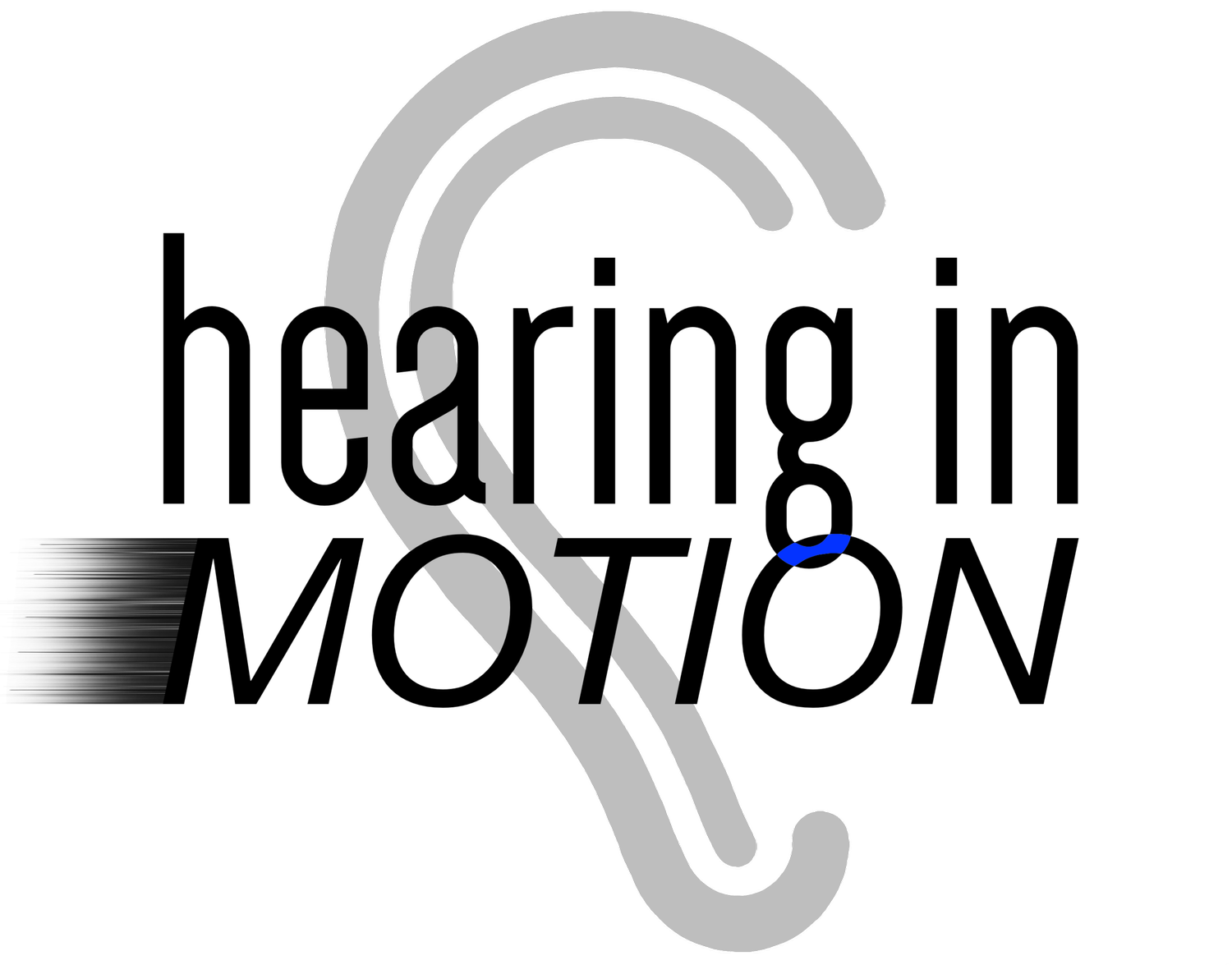Adam Savage, of MythBusters fame, spoke about his experience with hearing loss on a recent episode of Still Untitled. The whole episode is worthy of a listen, but I wanted to elaborate on a few of their points.
Importance of Getting Your Hearing Checked
This can't be emphasized enough. Hearing loss can be the result of more than just noise exposure. Adam himself said that his hearing loss had nothing to do with the explosions on MythBusters - hearing loss can be a symptom of something else going wrong in the auditory system. This includes a perforated tympanic membrane (hole in the ear drum), fluid in the middle ear, a problem with the ossicular chain, or even a tumor. We should treat our ears as important as the rest of our body.
Hearing Aid Stigma
They work wonders and they aren't, by any means, exclusive to the elderly. Adam shows us his hearing aid, but it's kind of hard to see. (For what it's worth, it looks like a Phonak Audeo, and since he said it's top of the line, that would make it a Q90.) Todays hearing aids are small, discreet, and work better than ever. He even goes as far as to say that they "saved" his marriage. Each advancement in hearing aid technology was a step up for Adams quality of life. There should be no stigma attached to better quality of life.
Hearing Aid Price
You'll hear a brief rant (after minute 14) about the cost of his hearing devices. This may be a little self deprecating, but I couldn't agree more. In my experience, considering the type of hearing aids Adam purchased, I wouldn't be surprised if they cost $8,000 (for the set) - possibly more since he's in California. I hate that some people charge that much - because it makes the technology so out of reach for most people. That's why I've worked so hard to lower the prices. Unfortunately, the high end devices are still 'thousands of dollars', but my everyday price on a pair of Q90 is $4,800 - knocking over $3,000 off of the typical cost.
Self Tuning
Again, Adam hits the nail on the head. His biggest gripe about the tuning process is that it takes place in a sound isolated room. The acoustic environment in a sound isolated room is unlike any acoustic environment your are ever likely to be in - including a quiet room in your house (let alone a noisy bar). This is one of the many reasons that Hearing In Motion is based on the idea of being 'mobile'. What better way to tune your hearing aids than in the very environment that you are having trouble in? That's not to say that a quiet room doesn't have it's place - that's an extremely important baseline, but it also isn't a realistic way to make sure someone can hear wherever they go.
As far as adjusting your own hearing devices, I think we'll see a lot more of this in the near future. Once companies are able to put in various protections in the software there will be less risk of harming oneself with these 'homemade' adjustments. This won't replace the fine tuning that a skilled professional will be able to perform, but it may very well create less followup appointments.
This was a great podcast and I really appreciate Adam sharing his experiences. The more knowledge is out there about hearing loss and hearing aids, the easier it will be for people to make the step and live a better quality of life.




